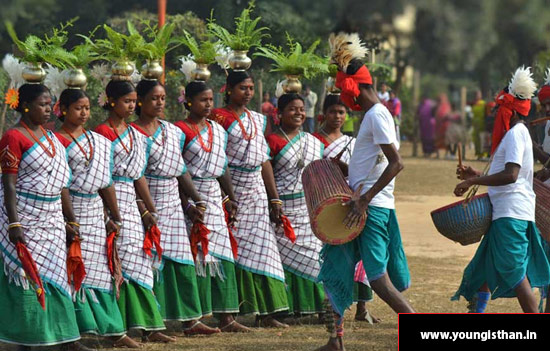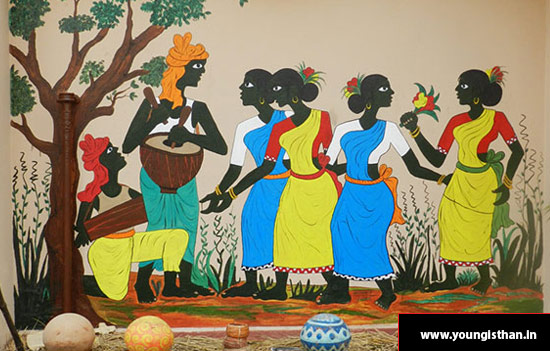- What is the meaning of Digi Migi in Santhali and the Origin of Santhali language in written form.
There is a word we Indians need to learn
today. It goes like this: Digi-Migi.
Want to know the meaning? Try rolling your
tongue around the sound: Digi-Migi. See that smile playing on your lips? Yep.
That is what Digi-Migi means. Happy, Celebratory, Jubilant.
The language we can thank for this lovely
sound is Santhali. And the person we can further thank for reminding us of this
is none other than the first Tribal, the first Santhali President of India,
Madam Droupadi Murmu.
Droupadi Murmu belongs to one of the largest tribes in India. They
simply called themselves, HOR, meaning man. The name that outside world uses to
call them is Santhal. A tribe spread over many states in India. Close to some
5-6 million people. Droupadi is one of their daughters.
She carries the pride of her tribe and her
land, Mayurbhanj, Odisha. There are many reasons behind that pride. One of them
is OL CHIKI.

Like many cultures in India, the Santhals too
did not feel the need for a written script till the 1900s.
Language was spoken. Feelings, actions were
communicated through sounds, gestures. Communities were cosy, connected.
Education was passed on from one generation to another through songs, stories,
sayings and nature, lived. Simple.
But with the coming of Europeans into their
land, life changed.
Three Christian missionaries - J. Phillips,
Lars Olsen Skrefsrud, Paul Olaf Bodding - began studying the Santhal's
religion, culture, folklore, language and grammar. Trying to decode what was an
alien culture to them, so as to translate into Santhali language the Bible,
message of their god.
From 1850's for the first time, people who
were not in the experience zone of the Santhals tried to talk, speak,
communicate, understand and convince. This was huge. And what they created in
the process was a window into the Santhali world - of course, from their eyes.
Quite like what happened to the Khasi language, Santhali too was first written in Roman script*, then, Bengali, Devnagari. But quite unlike Khasi, something amazing happened to Santhali. And it all happened in Droupadi Murmu’s land: Mayurbhanj, Odissa.

Around 1925, Raghunath Murmu from Village
Dandbose created OL CHIKI, Santhali script.
I hear, since he was a child he was inspired
to play with the formation of Santhali sounds in images. He cut his letters in
wood himself and printed them on his own press at Rairangpur.
Guru Gomke Pandit Raghunath Murmu, as he is
fondly called, printed several books to help Santhali people to learn to read
their own language.
This is HUGE. Someone once said, 'A language
is mother, a script is father'.
When you speak, the words are in time. When
you read, they are in space. When those who speak a language write it down they
somehow add their own sound-emotions to it. Every word is imbued with meanings
that come from their lived contexts.
It is like having the capability to tell your
own story, in your own way. It is self-respect, it is pride, it is freeing.
That is how the Santhals have been. If you
remember, they were the first to rebel against the British, 1855, even before
what is called the First War of Independence, 1857!
That is the grace, the confidence, the
self-respect that we see reflected in the first tribal woman President of
India, Madam Droupadi Murmu. Qualities I am certain she will inspire in us, the
citizens of India.
Jai Hind. And yes, time for some Digi Migis!
*PS: Originally Khasi too was written in
Bangla script but never did catch on the way Roman script did later. For more
read Here
Akanksha Damini Joshi is an award winning documentary filmmaker, cinematographer, writer and a meditation facilitator. More on her at www.daminijosh.in
To read
all articles by author
Also read
1.
About
Santhal Folk Painting
2.
Handloom
Saris of Odisha
3. About
Santhal tribe